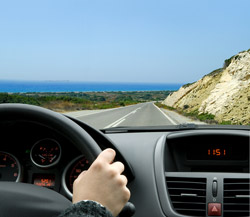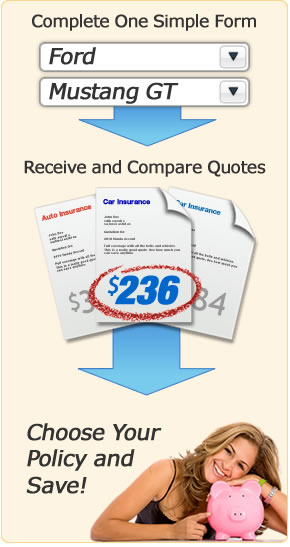
How to Find Cheaper Suzuki XL-7 Insurance
If finding affordable car insurance was easy, most of us would take the time to do it. But we always seem to pay too much for coverage and most people would rather go to the dentist. Cutting the check for each renewal on your Suzuki XL-7 might give you the same feeling.
Step One: Shop Around
Up until about ten years ago, the only way to shop for car insurance was in the office of a local insurance agent where you'd get a hard sell into a policy. But now you can eliminate that hassle and buy online!
Comparing insurance rates for a Suzuki XL-7 only require you to enter your information once. You'll receive multiple quotes and can easily compare rates.
To begin, click on the link below and complete the short form. It only takes a few minutes and it's helpful to have your current policy handy if you have one.
Quote Tip! In order to accurately compare rates for your XL-7, it's critical that you use the same limits and deductibles for liability and physical damage coverages like comprehensive and collision. If you use different limits, you will not be able to accurately compare rates between carriers.
Step Two: Techniques to Lower your XL-7 Insurance Rates
After step one is complete, it's now time to analyze some of the other factors that can negatively impact car insurance rates for a XL-7.
- Being a senior citizen can qualify you for a small discount on your insurance rates. Older drivers are generally more cautious so they get a lower rate.
- If you're willing to shoulder more of the cost at claim time, consider raising your comprehensive and collision deductibles. This can easily cut 30% or more from your policy premium.
- Since SUV's like the XL-7 generally have a larger power train, they cost a little more to insure.
- Teenage drivers can be very expensive to insure on newer vehicles will full coverage. You may be better off purchasing an older vehicle for your teenager and only insure it for liability.
- Speeding and other minor violations can impact your car insurance rates for up to three years. The increased cost can easily exceed the fine and court costs for the original ticket.
- The advancement of car safety features such as traction control, stability control, front and side-impact air bags and all-wheel drive all help keep insurance costs down.
- Small claims that may only exceed your physical damage deductibles by a small amount are better off not being submitted to your company. Just pay the extra hundred dollars or two and keep a claim-free discount on your policy.
- If you car makes the top ten list of most stolen cars, you might be paying a little extra to insure it.
- Check your credit rating each year and address any problem areas. Higher credit scores mean lower car insurance rates.
- The time it takes to complete a driver's safety training course could be time well spent. It could save you up to 10% off your car insurance rates.
- When buying a new policy, you do not want a gap in coverage. This lapse is viewed by insurance companies as a high risk, and you will pay more for your next policy.
- Most insurance companies will give you a discount on your car insurance if you also own a home. Some go even farther and give you discounts if you package your homeowners and auto insurance with them.

Step Three: Finalize your Policy Details
Car insurance is pretty easy to buy online, but you do need to be aware that it is a legally binding contract. You need to have funds available for a down payment as well as review your coverages for any insufficiencies.
It's critical that your new policy starts the same day that your old policy ends. If you are cancelling mid-term, make sure there is no lapse in coverage before your new policy kicks in.
Any time you buy a new vehicle, make sure you have car insurance in place, either from an existing policy or a new policy that you purchase from the dealership floor. When driving off the lot, you may have coverage that extends from your current policy. But it will only be equal to the most coverage you have on any vehicle. So if you only carry liability coverage, you won't be covered for full coverage until you specify it on your policy.
All states require you to keep the proof-of-insurance or financial responsibility card in your vehicle at all times. Failure to produce this document can result in a citation. High risk drivers may be required to submit an SR-22 with their state DMV's. If you have been convicted of reckless driving, DUI or had an uninsured accident, you may qualify. Make sure your new policy reflects the need for the SR-22 filing.
More Resources for Insurance Buying
To do more research on car insurance, visit the Insurance Information Institute website.

